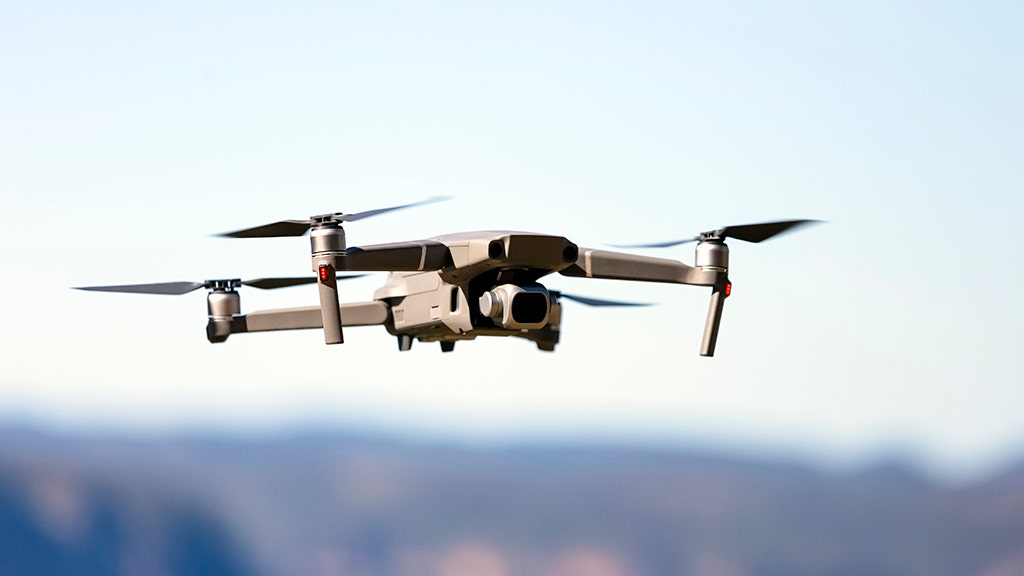A couple of additional thoughts.
First, nobody needs to read the Remote ID proposal unless they want to comment. The only thing that a drone pilot needs to know is that if it takes effect, you'll need a standard or limited remote ID capable drone to fly outside of pre-approved hobbyist areas. Your drone will be clearly labelled as such when you buy it. Most of the contents of the proposed rules, beyond what I wrote above, apply to manufacturers, not users.
Second, if you have an existing drone that is not compatible, it is very likely that someone will come along with a lightweight device you can add on that will supply the broadcasts and a ground unit to receive your broadcasts, connect to your phone and do the internet reporting. Something similar to DJI's FPV gear would do the job. The current proposal need not require the grounding of your old technology.
Third, I know that Amazon and others are talking about using drones for deliveries, but I've always believe that this is just marketing. I seriously doubt that we'll ever see drones for routine consumer deliveries, for a whole host of reasons (control issues, battery life, etc). I foresee real commercial drone use for "on campus" deliveries at larger institutions, crop dusting, real estate sales, police surveillance, search and rescue, news/traffic/weather reporting, and presumably some other things that don't exist yet and we cannot even foresee.
These rules are clearly intended to create a system by which drones can communicate and automatically avoid one another. But, I'm not sure that it will actually work. The Part 15 frequencies (Wifi) are already fairly congested, even in suburban areas. There is likely to be a lot of interference that prevents everyone from detecting every drone.
Furthermore, the proposed rule allows UAS to broadcast on ANY Part 15 frequency (which could be any frequency the drone chooses in 900Mhz, 2.4Ghz, or 5.8Ghz bands - among others) rather than on a single channel. That will make it very difficult for other drones and other aircraft to track everything in the sky, since they would have to be constantly scanning a large swath of Part 15 spectrum to gather all of the data. ADS-B, in contrast, uses one specific frequency. However, the proposal makes clear that drones will NOT be permitted to use ADS-B to prevent interference with manned aircraft that use it.






